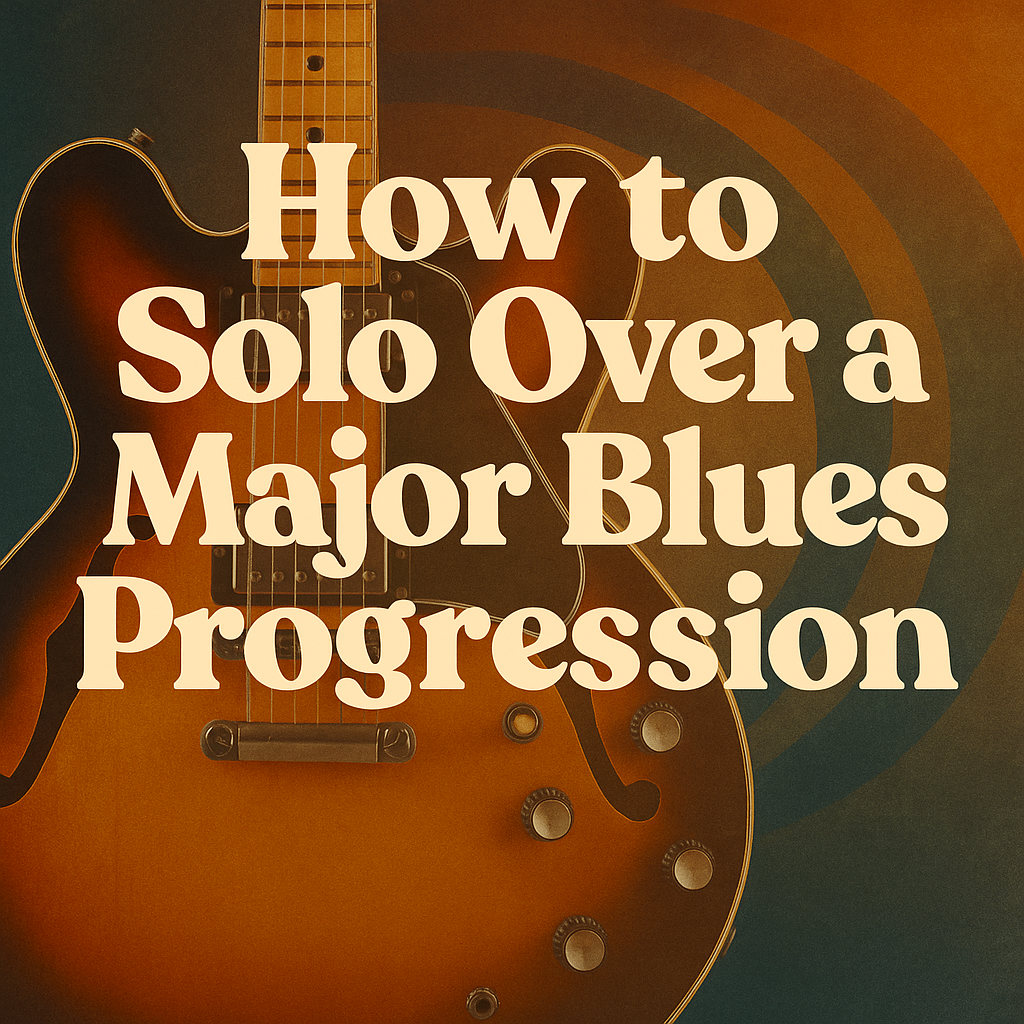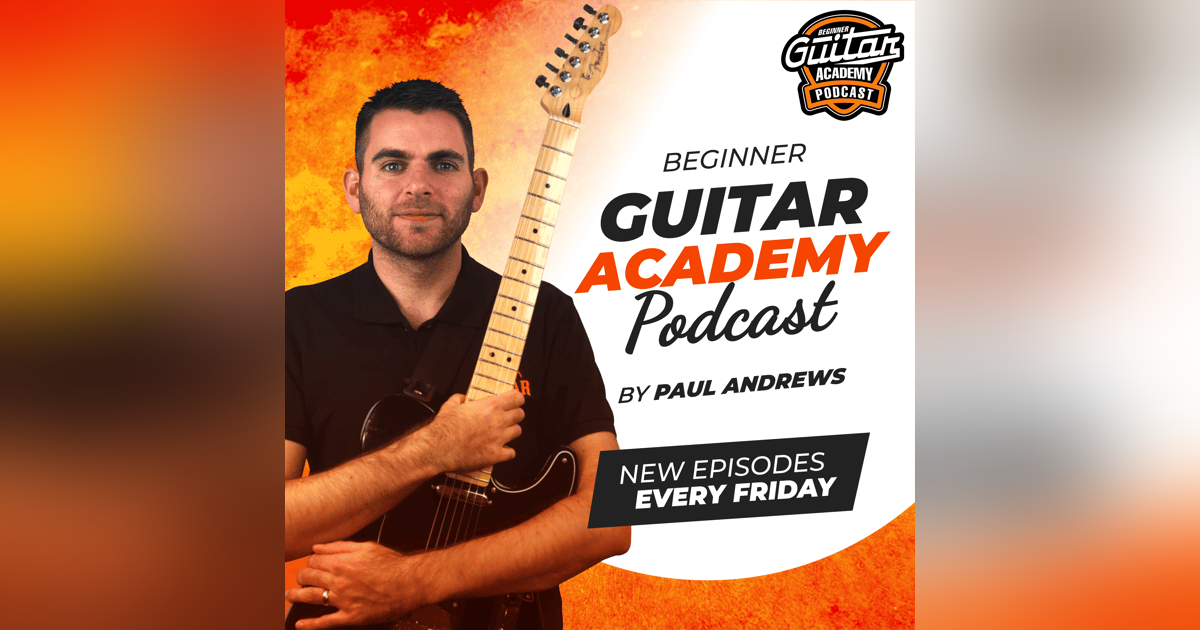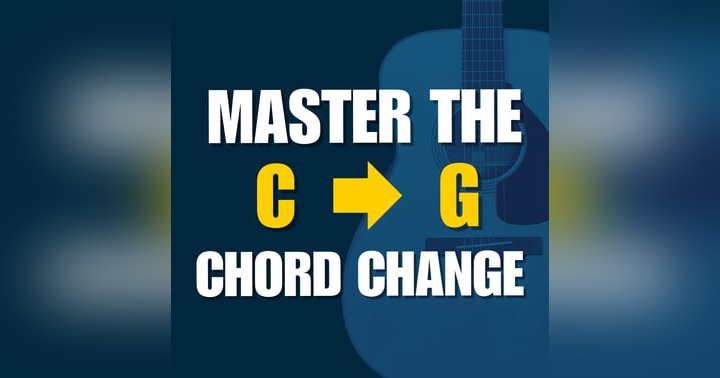How to Solo Over a Major Blues Progression

If you’ve ever wondered how to sound authentic when soloing over a major blues progression, you’re in luck – Episode 246 of the Beginner Guitar Academy podcast, hosted by Paul Andrews, dives deep into exactly that!
Building off last week’s episode about the difference between major and minor blues progressions, this week is all about actionable tips, tonal insights, and a closer look at how blues legends craft their signature sounds. Let’s break down the key takeaways so you can start injecting real blues flavour into your playing.
Major Blues Progression: The Essential Framework
First up, Paul makes sure we’re all on the same page regarding what it means when someone says, “Let’s play a blues in A.” That classic 12-bar blues is usually built from dominant 7th chords: A7, D7, and E7. These chords bring out the signature bluesy tension thanks to their structure, which combines the stability of a major chord with the twist of a flattened 7th.
If you’re not 100% comfortable with these chords yet, don’t worry. Paul recaps how to play both open and barre versions, emphasising that you can start simple and build up.
The Secret Sauce: Minor Pentatonic Over Major Blues
Here’s where things get delightfully “wrong,” but so right: Even though you’re playing over major-based chords, most blues solos use the minor pentatonic scale! In the key of A, that means using A, C, D, E, and G. Why does this work? It’s all about the tension created between the minor third of the scale (C) and the major third in the chord (C#). That subtle clash is pure blues gold.
Beginner Tip: If you’re starting out, use the A minor pentatonic across the whole progression. It will sound great, and this “blanket” approach is how many pros began their own journeys.
Next Level: Targeting Chord Tones
If you want your solos to truly breathe with the chords, Paul suggests aiming for the “chord tones” – the notes that make up each chord you're playing over. For A7, that’s A, C#, E, and G. Minor pentatonic covers a few of these, but intentionally bending, sliding, or landing on the missing chord tones (like that C#) can make your lines sound more refined and melodic.
Quick Hack: Even if the theory seems overwhelming, just target the root notes of each chord (A, D, and E) as the chords change. It’s a simple way to instantly add more direction to your solos.
Adding Colour: Exploring More Scales
Once you’re comfortable with minor pentatonic and basic chord tones, Paul explains how you can start to blend in other sounds for more variety:
-
Major Pentatonic: Brighter and sweeter; think of mixing major and minor flavours like Eric Clapton does.
-
Blues Scale: Add the “flat 5” for extra grit and tension – just don’t linger too long on this spicy note!
-
Mixolydian Mode: Perfectly matches a dominant 7 chord if you want a sophisticated, more advanced sound.
You don’t need to learn all these at once. Progress at your own pace and gradually introduce new colours to your palette as you grow more comfortable.
Learning from the Greats
Paul spotlights how the legends approached blues soloing:
-
B.B. King: Famous for the “BB box” and expressive bends, making every note matter with feel and phrasing over flashy speed.
-
Stevie Ray Vaughan: Aggressively mixes major and minor pentatonics, adding hammers, pulls, and bluesy rakes for an energetic style.
-
Eric Clapton: Knows how to target chord tones and mix pentatonics to great effect, especially on classics like “Crossroads”.
The main lesson? Don’t just run up and down scales – use emotion, dynamics, space, and intentional note choices.
Practice Tips
Ready to apply these ideas? Here’s a quick action plan:
-
Start with the Minor Pentatonic: Practice over 12-bar blues backing tracks (Paul’s got you covered in the Academy and links a playlist at BGAPodcast.com/246).
-
Target Root Notes: Simply hit the chord’s root note as the progression moves.
-
Introduce Chord Tones: Bend, slide, or step into those other chord notes as you expand your knowledge.
-
Blend in New Scales: Try the blues scale, then major pentatonic, and later, Mixolydian as your confidence grows.
-
Listen and Emulate the Masters: Hearing how blues icons use these tricks in context will train your ear and inspire your phrasing.
Final Thoughts
Paul wraps up the episode with a crucial reminder: Less is more. Blues soloing is about feel, not flashing as many notes as possible. Focus on phrasing, dynamics, and making each note count – that’s the fastest route to sounding like a real blues player.
So pick up your guitar, fire up a backing track, and get experimenting. And if you want some bluesy inspiration, don’t forget to check out the curated Spotify playlist here and join the conversation in the Beginner Guitar Academy community!
Happy playing – and remember, practice with intention, and let the notes breathe just like the legends do.









